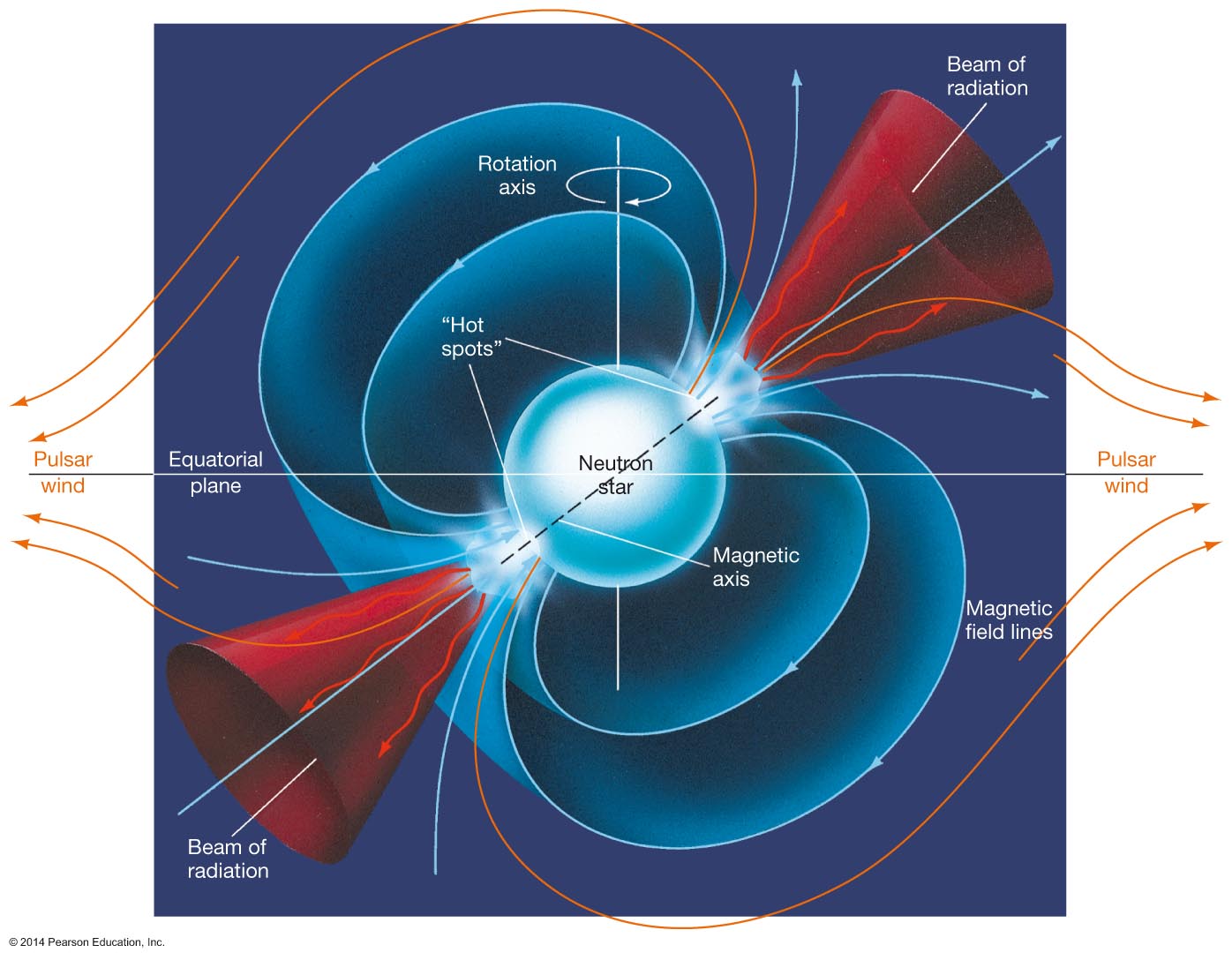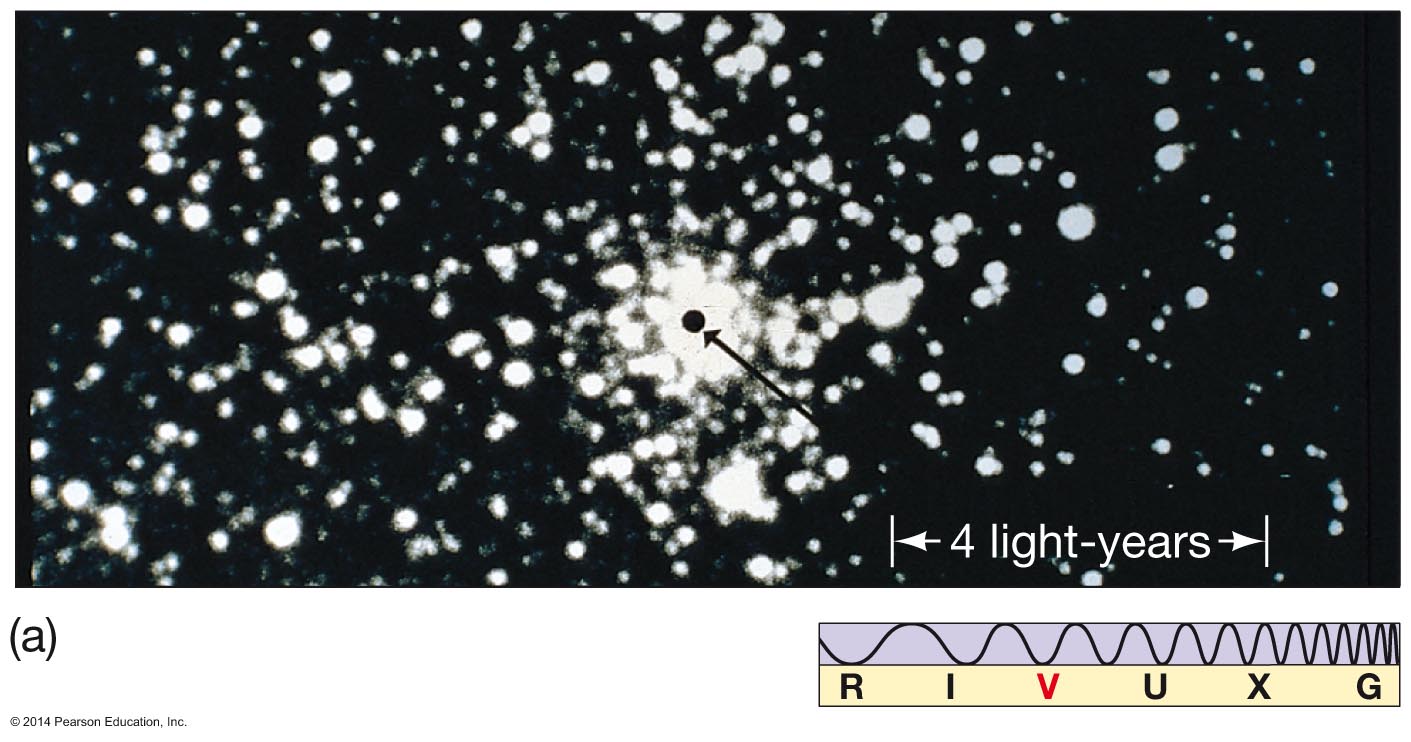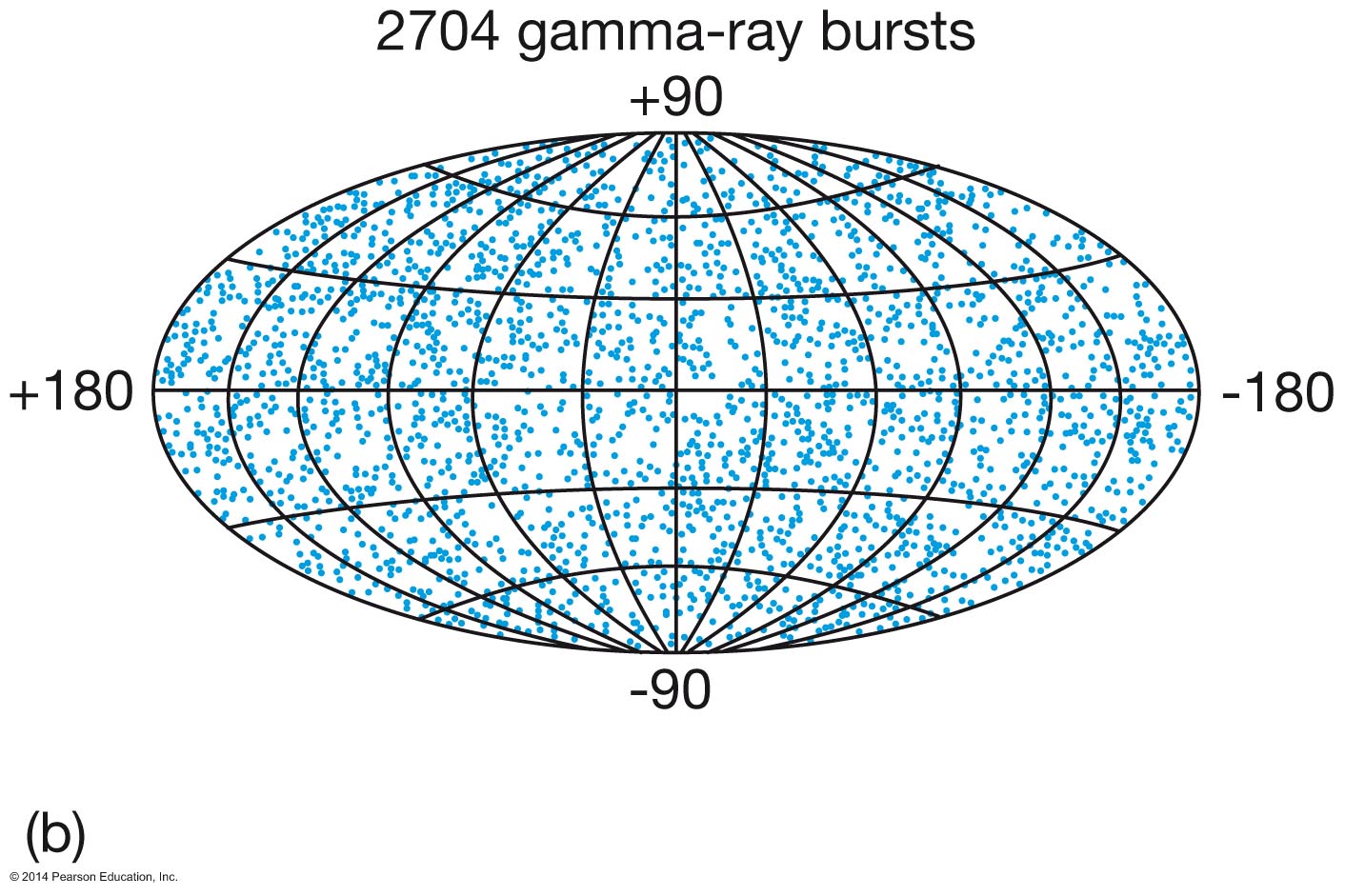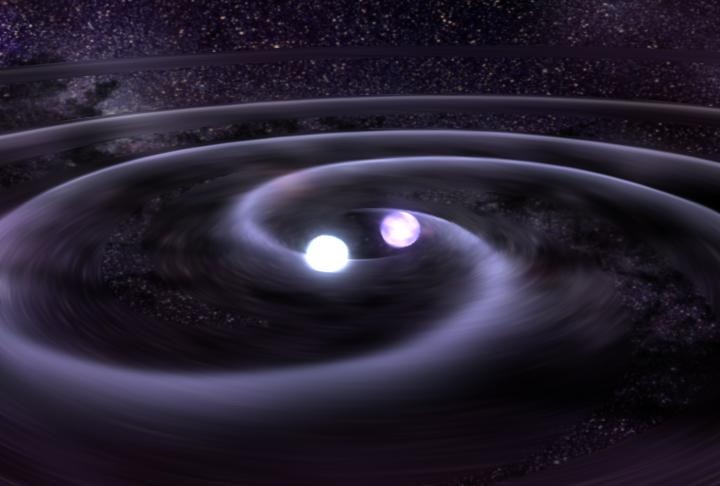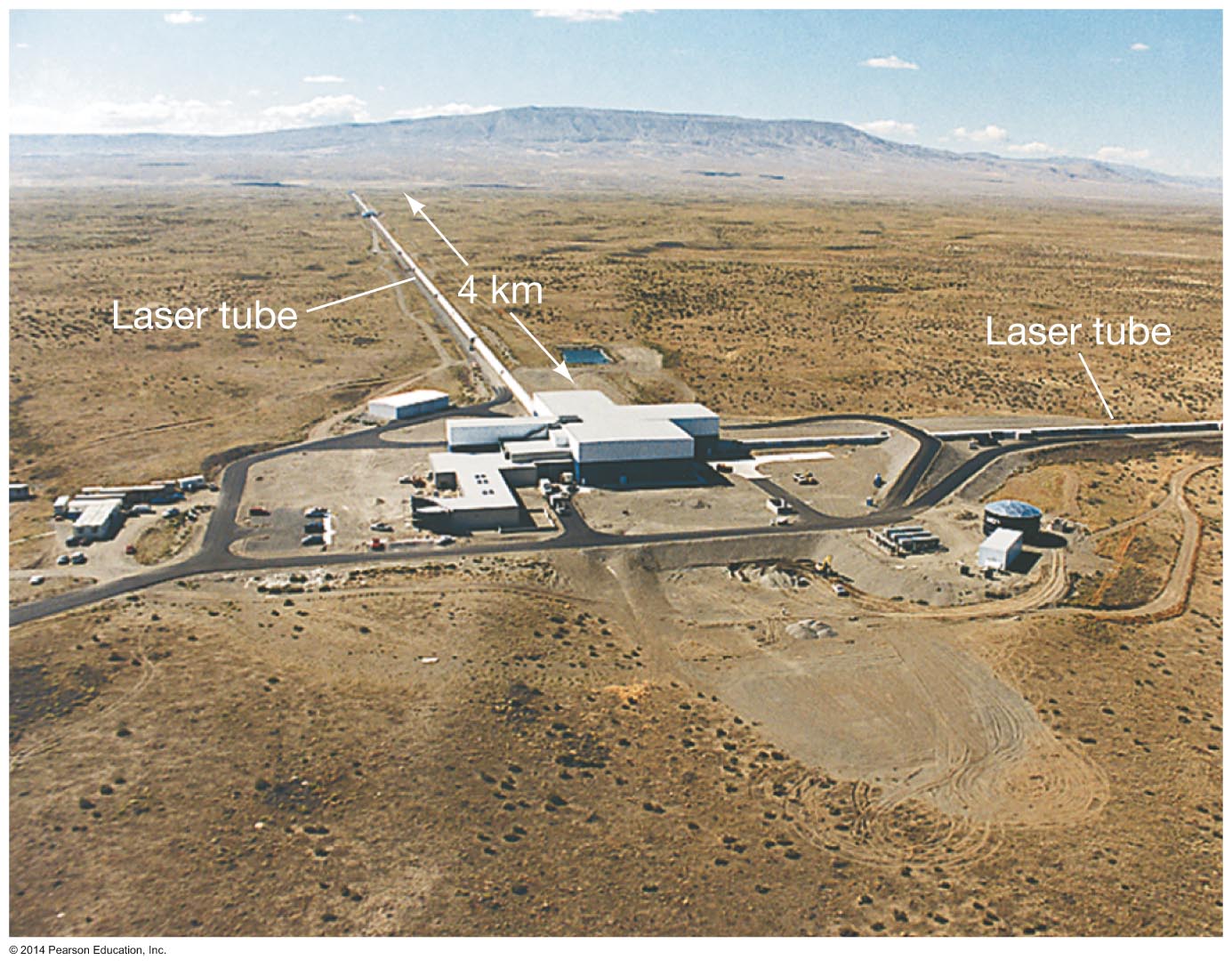- Supernova remnants
- Following a supernova there may remain a central remnant compressed to the
density of nuclear matter, a neutron star
- This probably only occurs for Type-II supernovae, and only for some at that.
- Properties of neutron stars
- Neutron stars are small and massive
Comparative densities (given in two units, g/cm3 and kg/m3)
| WATER | 1 g/cm3 | 103 kg/m3 |
|---|
| LEAD | 11 g/cm3 | 104 kg/m3 |
|---|
| CORE OF SUN | 150 g/cm3 | 1.5 x 105 kg/m3 |
|---|
| WHITE DWARF | 106 g/cm3 | 109 kg/m3 |
|---|
| NEUTRON STAR | 1015 g/cm3 | 1018 kg/m3 |
|---|
A single thimbleful of neutron-star material would weigh 100 million tons or more, as much as
a good-sized mountain on Earth
- Neutron stars rotate extremely rapidly
- period of rotation is typically a fraction of a second
- Some pulsars have periods that are so stable, they are more reliable
than the best atomic clocks on Earth
- May only lose a few seconds in a million years
- Neutron stars have very strong magnetic fields
- the field will be trillions (1012) of times the Earth's magnetic field
|
|

|



